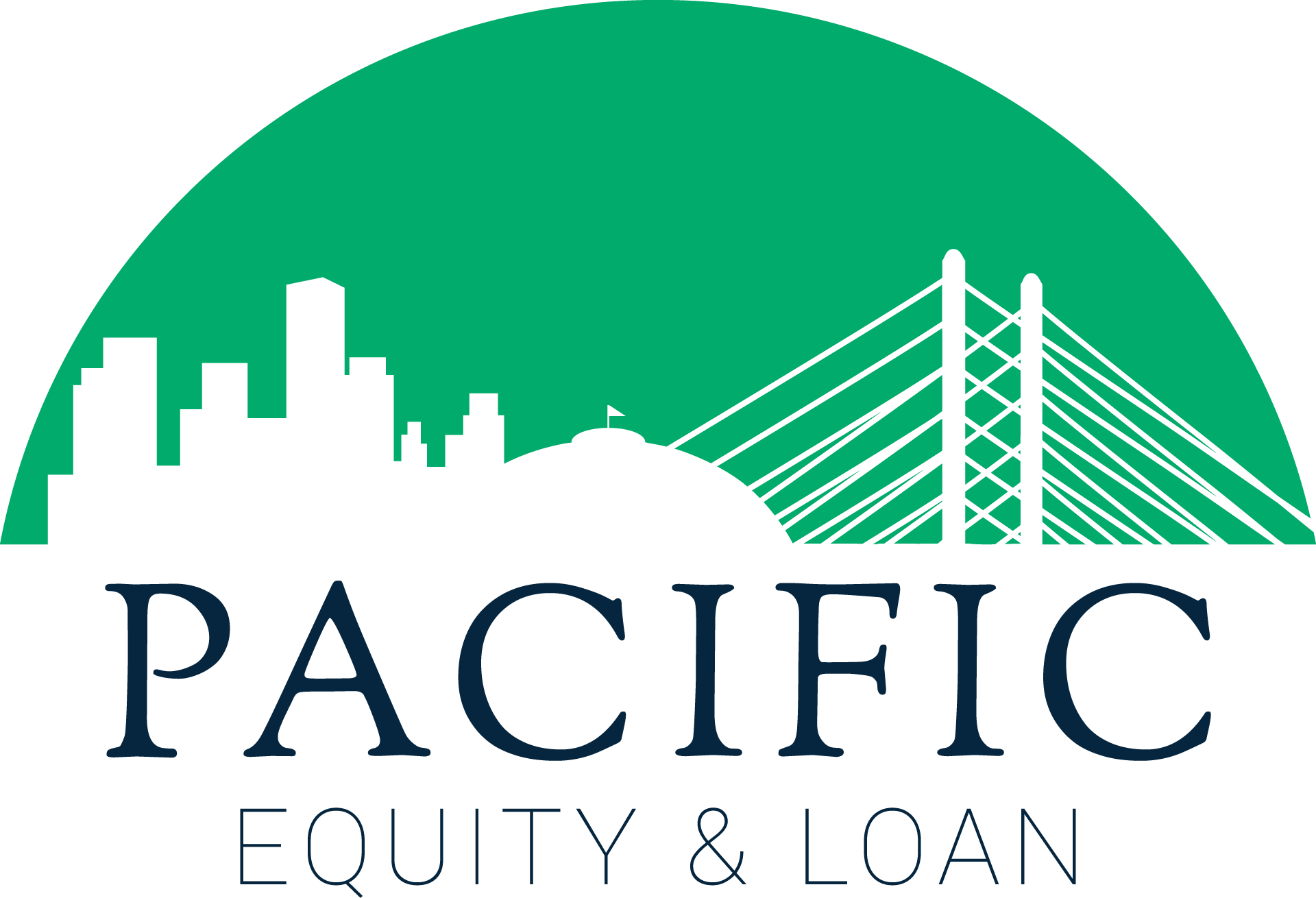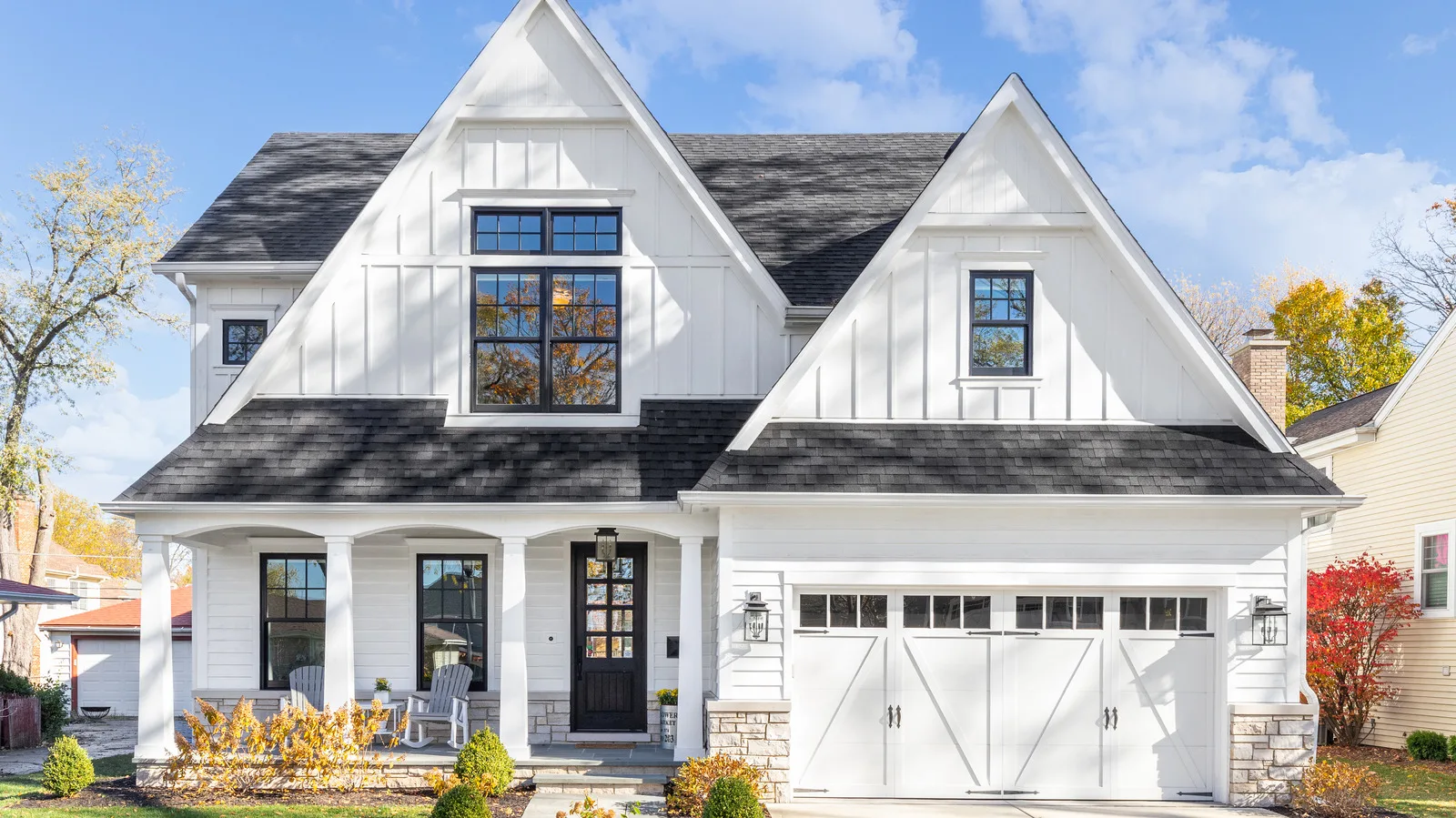Welcome to our February 2024 Real Estate Market Update! As we venture further into the new year, it’s crucial to stay informed about the latest developments shaping the housing market. In this update, we’ll dive into the key trends, emerging opportunities, and important insights that can help guide your real estate decisions in the coming months. Whether you’re a buyer, seller, investor, or simply curious about the state of the market, we’ve got you covered with all the essential information you need. Let’s explore together what February has in store for the real estate landscape.
Homeowner tenure has dropped 1.5 years from its 2020 peak and is expected to remain flat.
Homeowner tenure has decreased slightly each year since 2020, as the pandemic triggered a moving frenzy, with remote work and record-low mortgage rates resulting in more homes changing hands in 2021 than in any year since 2006. Moving forward, we anticipate homeowner tenure remaining flat or slightly increasing for the foreseeable future. Existing-home sales fell to a 15-year low last year, with many homeowners locked in by low mortgage rates, and while sales are expected to increase this year, they will be more of a trickle than a flood. .
Housing Market Activity Lost Steam in January as Mortgage Rates Stopped Falling and Prices Kept Rising
New listings fell for the first time since June, and pending sales growth slowed; stagnant mortgage rates and the largest home-price increase in over a year caused the market to lose momentum. Housing market activity slowed slightly in January as mortgage rates stopped falling, housing costs rose, and buyers and sellers dealt with harsher-than-expected winter weather. New listings fell 1.2% month over month on a seasonally adjusted basis, marking the first decline since June. They were up 2.7% from a year ago, but this represents a slowdown from December’s 4.2% increase. On a seasonally adjusted basis, active listings (the total number of homes for sale) fell 0.3% from the previous month, marking the first decline in six months, and were down 4.4% year on year.
People Are Moving Out of Areas With Poor Air Quality, Often Because They’re Too Expensive…
According to an analysis of domestic migration data from the United States. First Street provides air quality risk scores, as does the Census Bureau. Almost every home in the United States is assigned a risk rating by First Street, which ranges from minimal to extreme. For this report, a “high risk” metro is one in which at least 10% of properties fall into the major, severe, or extreme categories, while a “low risk” metro has less than 10% of properties in those categories. First Street’s rating system is based on the number of poor air quality days expected this year and in 30 years. It contains two common pollutants: particulate matter (PM2.5), which is frequently produced by wildfire smoke, and ozone (O3), which is formed when pollutants react with heat/sunlight.
Some Americans are leaving high-risk areas due to concerns about air quality, but many are relocating because low-risk areas offer more bang for their buck. High-risk metropolitan areas are concentrated in expensive Western states such as California, which has been plagued by smoke from intensifying wildfires in recent years. In December, the median home sale price in high-risk metros was $563,710, which was 65% higher than the low-risk metros’ median sale price of $341,483.
Meanwhile, the Mountain West experienced the most significant slowdown in price growth. While the price per square foot increased by about 4.5% last year, it was lower than the roughly 14% annual price increase in 2020, 2021, and 2022. This deceleration was most noticeable in Montana and Wyoming.
Sources: Redfin, Keeping Current Matters, Realtor.com






